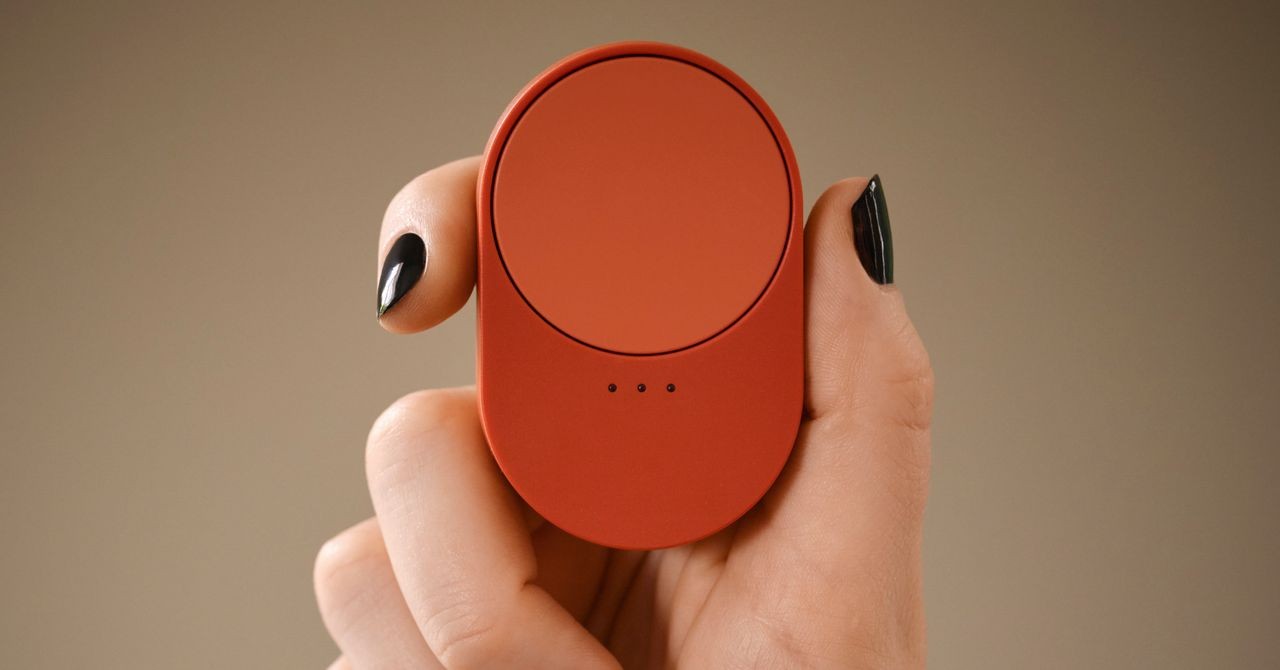Ikea is taking a new approach to smart home technology, shifting away from complex setups and aiming for simplicity and affordability. After a decade of fragmented ecosystems and connectivity issues, the company is embracing Matter, a new open-source interoperability standard, alongside a new range of 20-odd devices designed to make building a smart home easier than ever.
Addressing the Smart Home Challenges
For years, smart home technology has promised convenience but often delivered frustration. A myriad of devices, incompatible protocols (like Zigbee), and persistent troubleshooting headaches have left many users longing for a simpler solution. The emergence of Matter, with support from major players like Amazon, Apple, and Google, offers a potential way forward by creating a universal language for smart devices, enabling them to communicate seamlessly regardless of brand. Ikea’s new lineup is designed to bolster this movement and bring more accessible smart home options to consumers.
The New Range: A Return to Essentials
Ikea’s latest offerings focus on core smart home functions, replacing older products with Matter-compatible alternatives. Key additions include:
- BILRESA Multi-Device Remotes: These handheld devices come in two versions. The dual-button remote allows users to trigger different functions across various Matter-compatible devices (lights, speakers, blinds, scenes). The more advanced “room remote” has three LEDs and can quickly toggle control between three different groups of devices – lights, audio, or other connected equipment.
- Smart Sensors: These replacements for existing models offer enhanced functionality. There’s a motion sensor (MYGGSPRAY), door/window sensor (MYGGBETT), water leakage sensor (KLIPPBOK), temperature/humidity sensor (TIMMERFLOTTE), and an air quality sensor (ALPSTUGA) which connects to air purifiers to adjust fan speeds based on particulate levels.
- KAJPLATS Smart Bulbs: Departing from a focus on warm white, these new bulbs offer dimmable, color, and white spectrum options with increased intensity. Available in various sizes and fitting types, they also include clear-glass models for white spectrum bulbs.
- GRILLPLATS Smart Plug: Designed for lamps and small appliances, this plug works with the remotes and motion sensors, tracking energy usage.
Price Point: Affordability is Key
A significant shift is the reduction in prices across the board. In the UK, KAJPLATS bulbs will retail between £4 and £9 each, compared to £7-£10 for the previous TRÅDFRI models. Remotes are also significantly cheaper, with the dual-button model at £3 and the scroll-wheel remote at £4. Sensor prices range from £5 to £7, while the advanced ALPSTUGA air quality sensor will cost £25, down from £35 for its predecessor. Ikea aims to minimize the price difference between smart and non-smart equivalents to just a few pounds, incentivizing wider adoption among its customer base.
The Long Road to Matter: Ikea’s Journey
Ikea’s global range manager for home electronics, David Granath, reflects on the challenges of early smart home technology, acknowledging that previous efforts often resulted in fragmented ecosystems and frustrating user experiences. The company has been actively involved in the development of the Matter platform since its inception, recognizing its potential to transform the smart home landscape. Having identified early limitations with protocols like Zigbee, Ikea is now taking a strategic position to switch entirely to Matter. The recent update to the DIRIGERA smart-home hub further demonstrates this commitment, enabling it to function as a Matter bridge connecting older Zigbee devices to the wider ecosystem.
Beyond Connectivity: The Future of the Smart Home
While Matter provides a crucial foundation for interoperability, Ikea recognizes that the true potential of the smart home lies in leveraging artificial intelligence (AI). The company is actively exploring how AI can be integrated to create more intuitive and responsive homes – a goal that will take time, but is expected to become a reality within around five years. Granath speculates about a future where smart sensors and cameras understand living spaces, products anticipate user needs, and inclusive, easy-to-use devices like remotes and voice assistants seamlessly blend into the home environment.
A Gradual Evolution
Ikea’s approach to smart home innovation is deliberate, guided by a long-term perspective. The company isn’t driven by short-term stock market pressures, allowing it to pursue innovation at its own pace. “It’s a healthy friction internally,” Granath notes, balancing the excitement of retail staff with the commitment to simplicity and affordability. Ultimately, Ikea views this evolution as akin to the gradual shift in how people consume music, moving from physical CDs to streaming services.
“We’re improving some of the sensors, taking in the feedback we’ve gotten along the way, trying to make them more useful. I actually brought one home. I installed it in my living room, and my wife said ‘Oh another smart product,’ but I told her ‘OK, but keep an eye on the CO2 values. If it’s under a thousand, you’ll sleep better.’ Now she’s manically checking the levels, opening the doors and trying to get the number down.” – David Granath, Ikea’s global range manager for home electronics
Ikea’s commitment to affordability and interoperability positions it as a key player in democratizing the smart home, making it accessible and enjoyable for a wider range of consumers. The focus on gradual evolution and a long-term vision underscores Ikea’s commitment to fulfilling people’s needs and dreams in their homes – a tradition spanning over eight decades.
The new range represents a meaningful step towards a more user-friendly and connected smart home experience, moving beyond the early frustrations of the technology and focusing on essential functionality and ease of use. This shift aligns with the growing demand for simplified solutions, positioning Ikea for success in the evolving smart home market

















